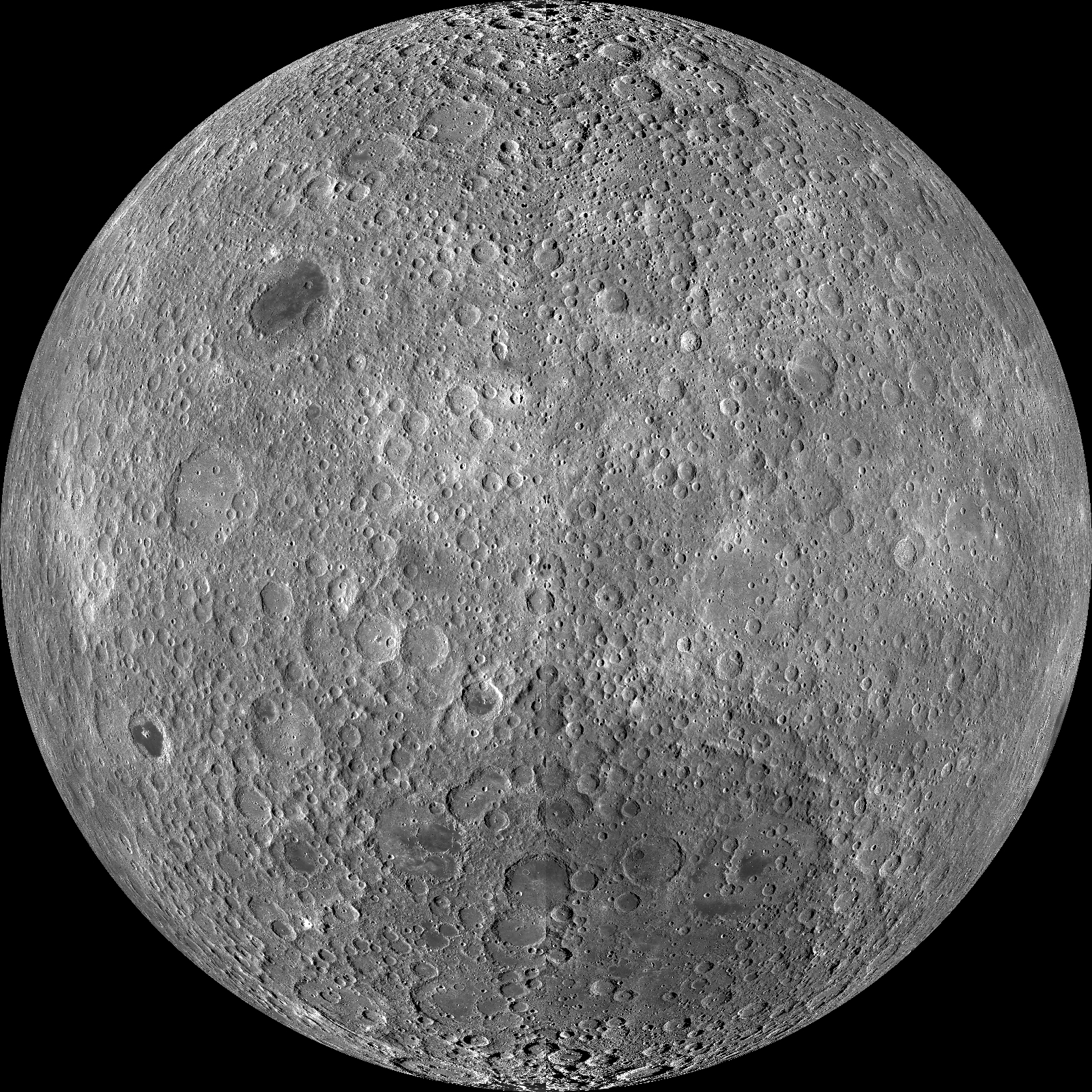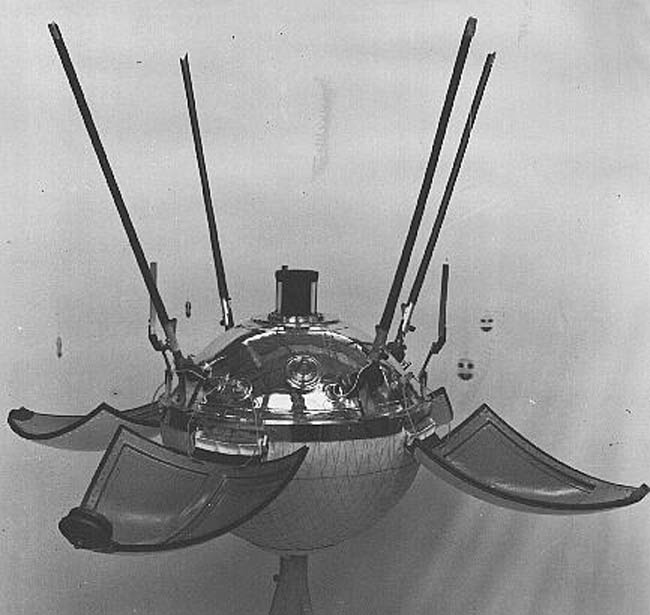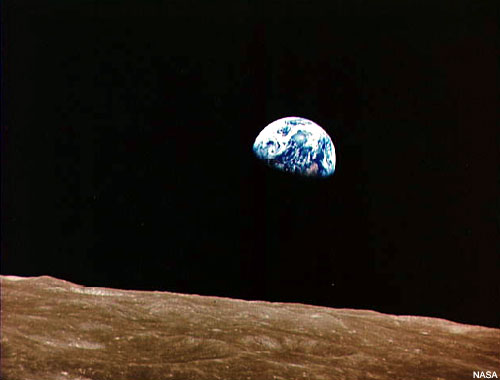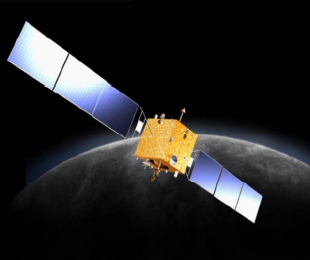20 Most Marvelous Moon Missions

Over the past 50 years mankind has sent almost 100 missions to the moon. Though not all of these were successful, they have cumulatively made our nearest celestial neighbor the most explored place in the solar system beyond our planet. Yet the moon is still holding out secrets.
The newest in the long line of lunar explorers is NASA's Grail mission, a set of two robotic spacecraft due to launch on Sept. 8, 2011. Here are the other highlights of mankind's missions to the moon:
Luna 2
This unmanned Soviet probe became the first man-made object to make contact with another planetary body. The spherical spacecraft launched on Sept. 12, 1959 and impacted the moon two days later.
Luna 3
This Soviet follow-up to the first moon impactor became the first spacecraft to take pictures of the never-before-seen far side of the moon. The spacecraft launched Oct. 4, 1959.
Ranger 7
Breaking space news, the latest updates on rocket launches, skywatching events and more!
This U.S. spacecraft captured about 4,300 images of the lunar surface — the first high-quality photos sent back from the moon. It later crashed landed in the Sea of Clouds. It launched July 28, 1964. [Photos: Our Changing Moon]
Luna 9
This unmanned Soviet probe became the first to make a controlled landing on the lunar surface. On Feb. 3, 1966, Luna 9 touched down into a moon crater, and then sent back panoramic images of the landscape.
Luna 10
Racking up another Soviet first, this mission became the first man-made object to successfully orbit another celestial body. The unmanned probe launched March 31, 1966, and entered orbit around the moon two days later. Over two months, the spacecraft circled the moon 460 times and continuously transmitted readings.
Surveyor 1
In June 1966, the United States accomplished what the Soviets had four months earlier, by successfully landing a probe on moon in a controlled manner. Over a six-week mission, Surveyor 1 snapped over 11,100 images of the lunar surface.
Lunar Orbiter 5
This U.S. mission was part of a series of unmanned lunar prospecting missions in preparation for the manned Apollo landings. Upon completion of the Lunar Orbiter 5 mission, the moon's surface had been 99 percent mapped. The spacecraft launched Aug. 1, 1967, and completed its mission on January 31, 1968.
Apollo 8
On Dec. 21, 1968, NASA astronauts Frank Borman, James Lovell, and William Anders became the first humans to leave low-Earth orbit and visit the moon. They arrived in lunar orbit on Christmas Eve, Dec. 24, 1968, and sent back the famous first human views of the Blue Marble: our planet, from afar. After 10 orbits of the moon, the three astronauts headed back to Earth and landed on Dec. 27, 1968. [NASA's 17 Apollo Moon Missions in Pictures]
Apollo 11
The United States made up for its slow start in the space race with the Soviets by grabbing the ultimate prize: landing the first man on the moon. NASA astronauts Neil Armstrong and Buzz Aldrin stepped down on the Sea of Tranquility on July 20, 1969, while their crewmate Michael Collins orbited above in the Apollo Command and Service Module. The three returned home on July 24, 1969.
Luna 16
In between American Apollo manned flights, the Soviet Union launched this unmanned sample return mission to the moon on Sept. 12, 1970. Luna 16 landed on the lunar surface (in total darkness, no less), collected moon rocks, packed them up, and returned them to Earth. It was the first successful robotic sample return.
Lunokhod 1
The Soviet Lunokhod 1 was the first lunar rover to traverse the moon. The rover launched unmanned on Nov. 10, 1970 as part of the Luna 17 mission. After touching down on the moon, the remote-controlled vehicle traveled over 6 miles (10.5 kilometers), snapping photos and video the whole way.
Luna 24
This Soviet robotic sample return mission was the last time samples from the moon were brought back to Earth. The probe launched Aug. 9, 1976, and returned with 6 ounces (170 grams) of moon rocks and dirt on Aug. 22, 1976.
Lunar Prospector
This NASA unmanned spacecraft launched Jan. 7, 1998 on a mission to orbit the moon in search of signs of water ice and other minerals in permanently shaded craters at the lunar poles. Over the course of 19 months, the probe compiled a map of the mineral composition over the surface, before crash landing on July 31, 1999.
SMART-1
This mission represented the first lunar mission entry from the European Space Agency. The unmanned SMART-1 probe launched on Sept. 27, 2003, and reached lunar orbit in November 2004. The small spacecraft was powered by ion engine using solar electric energy.
Kaguya (SELENE)
This Japanese mission to the moon lifted off Sept. 14, 2007, and entered orbit around the moon less than a month later. The spacecraft is still in lunar orbit, compiling the most detailed map yet of the moon's gravitational field.
Chang'e 1
China's first mission beyond Earth launched Oct. 24, 2007. The unmanned spacecraft orbited the moon until March 2009, when it was intentionally crashed into the lunar surface. China followed that mission with the Chang'e 2 probe, which launched on Oct. 1, 2010 and only recently left the moon to travel to the L1 Lagrange Point between the Earth and the sun.
Chandrayaan-1
Not to be outdone, India joined the moon exploration game on Oct. 22, 2008, when it launched the robotic Chandrayaan-1 probe to lunar orbit. India's first mission beyond Earth, the probe observed the moon from orbit until August 2009. In November 2008, the spacecraft released the Moon Impact Probe to slam into the moon, ejecting dirt that might reveal traces of lunar water ice. In September 2009, results from one of Chandrayaan-1's instruments, the Moon Mineralogy Mapper, helped detect evidence for water on the moon.
Lunar Reconnaissance Orbiter
LRO was NASA's first moon mission since the Apollo era. The unmanned orbiter launched on June 18, 2009. Originally planned as a precursor to manned American return trips to the moon, LRO has been mapping the lunar surface in high-resolution 3-D. The probe has good enough vision to spot footprints from the Apollo astronauts.
Lunar Crater Observation and Sensing Satellite (LCROSS)
This NASA moon impactor launched along with the Lunar Reconnaissance Orbiter in June 2009. On Oct. 9, 2009, the unmanned probe slammed into the moon's surface, kicking up debris from a crater on the moon's south pole. A month later, NASA confirmed that the impact provided evidence of water ice there.
Grail
NASA's twin Grail spacecraft are due to launch Sept. 8, 2011 on a mission to study the lunar gravitational field from orbit to learn more about the moon's formation and history. The two spacecraft will take an energy-efficient route to polar orbit around the moon, planning to arrive on Dec. 31, 2011. Researchers plan to monitor slight changes in the distance between the two probes caused by variations in the moon's gravitational field.
You can follow SPACE.com senior writer Clara Moskowitz on Twitter @ClaraMoskowitz. Follow SPACE.com for the latest in space science and exploration news on Twitter @Spacedotcom and on Facebook.

Clara Moskowitz is a science and space writer who joined the Space.com team in 2008 and served as Assistant Managing Editor from 2011 to 2013. Clara has a bachelor's degree in astronomy and physics from Wesleyan University, and a graduate certificate in science writing from the University of California, Santa Cruz. She covers everything from astronomy to human spaceflight and once aced a NASTAR suborbital spaceflight training program for space missions. Clara is currently Associate Editor of Scientific American. To see her latest project is, follow Clara on Twitter.




